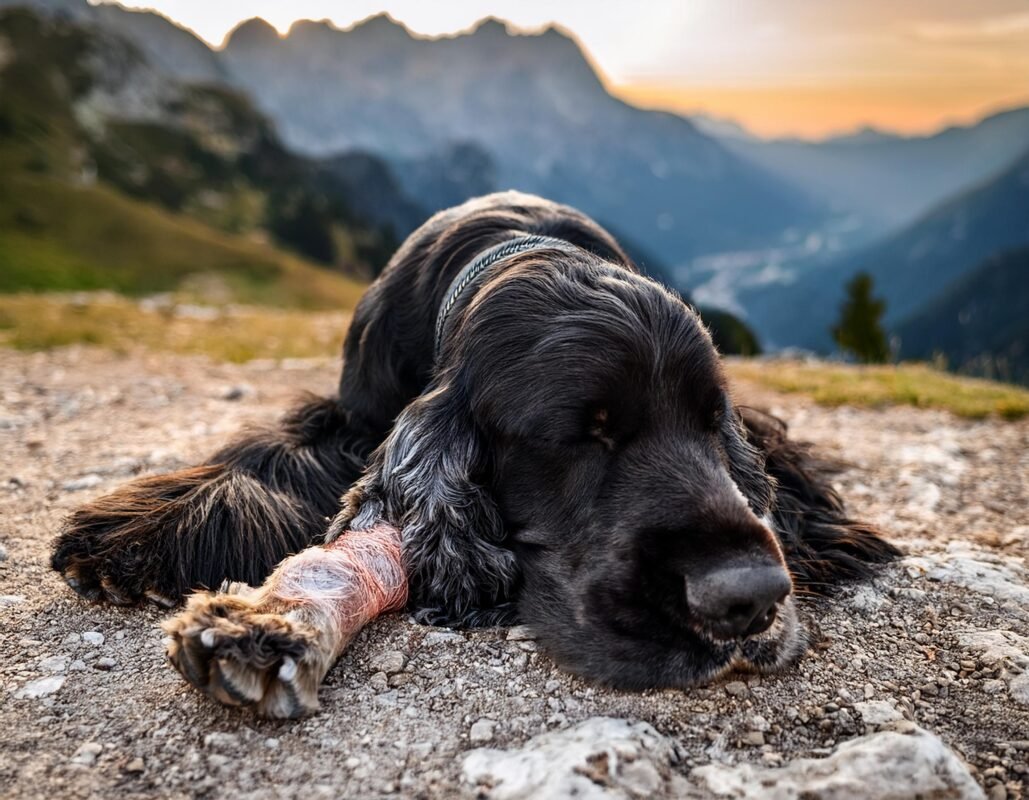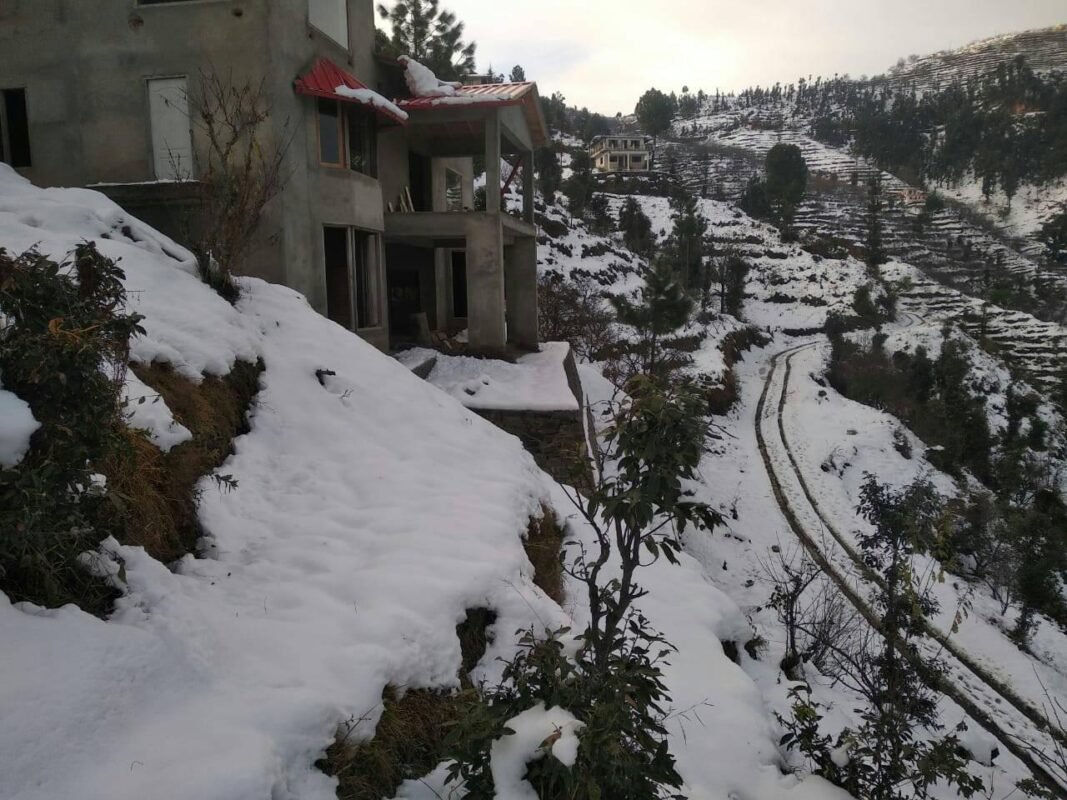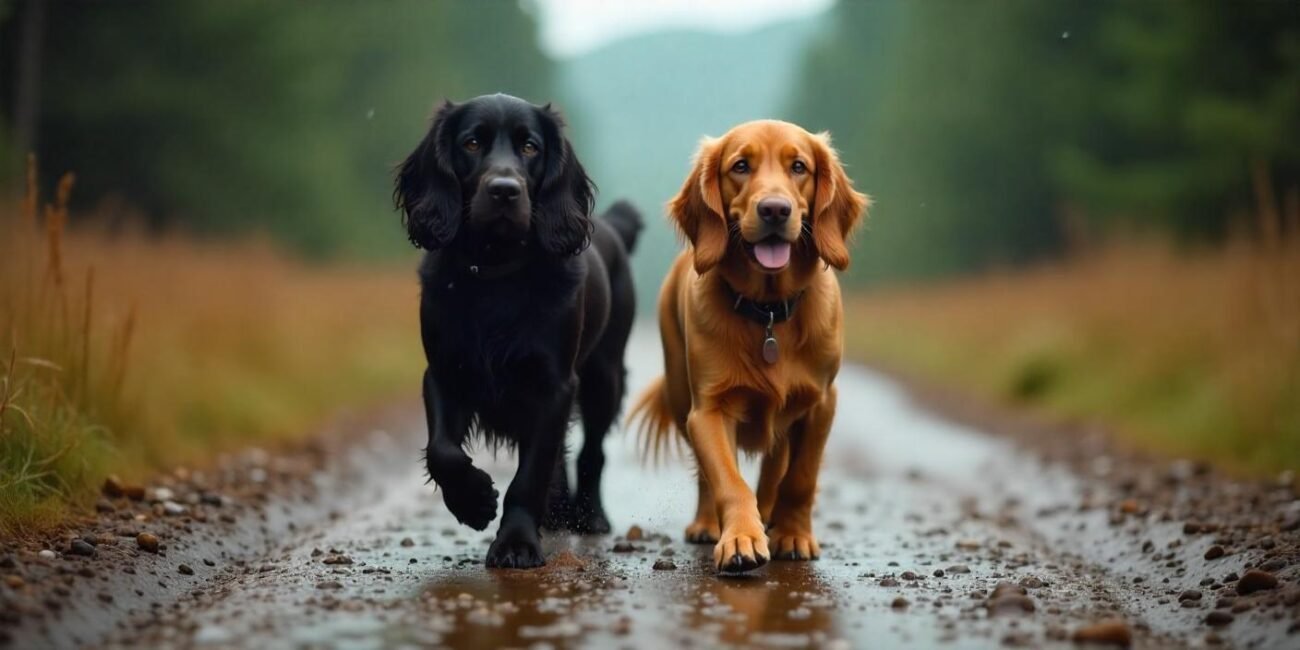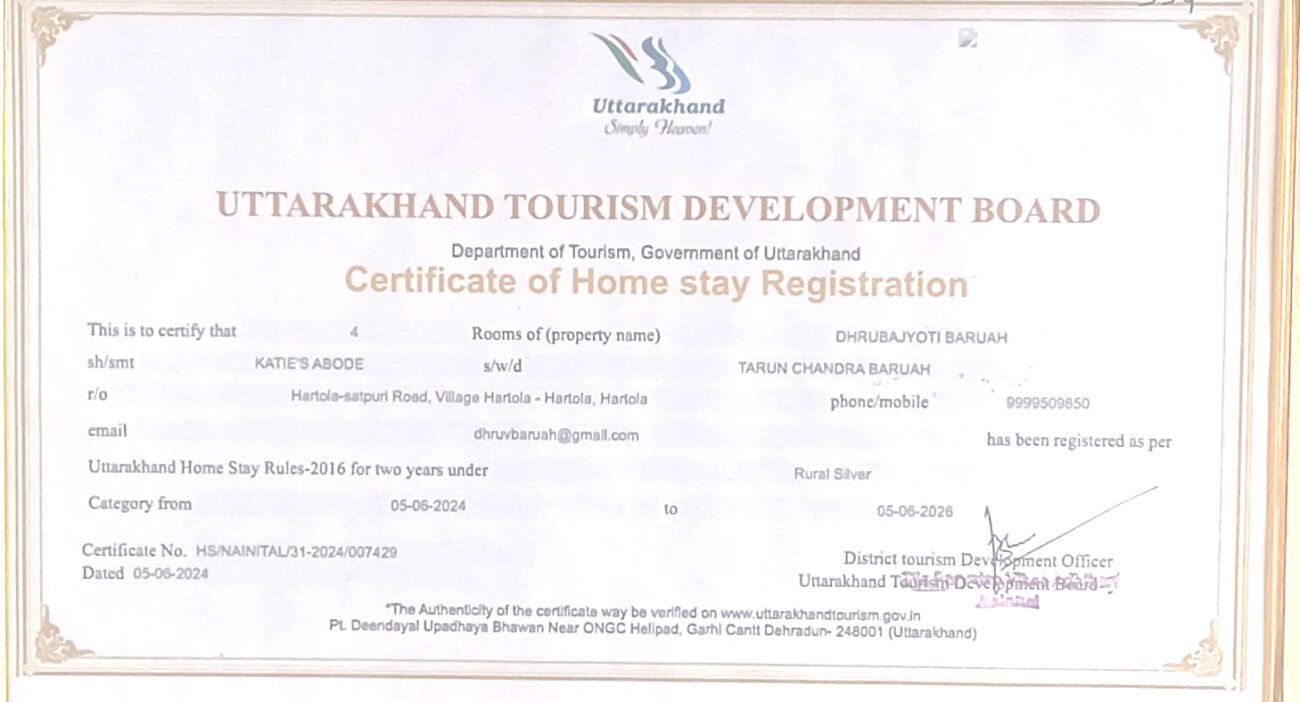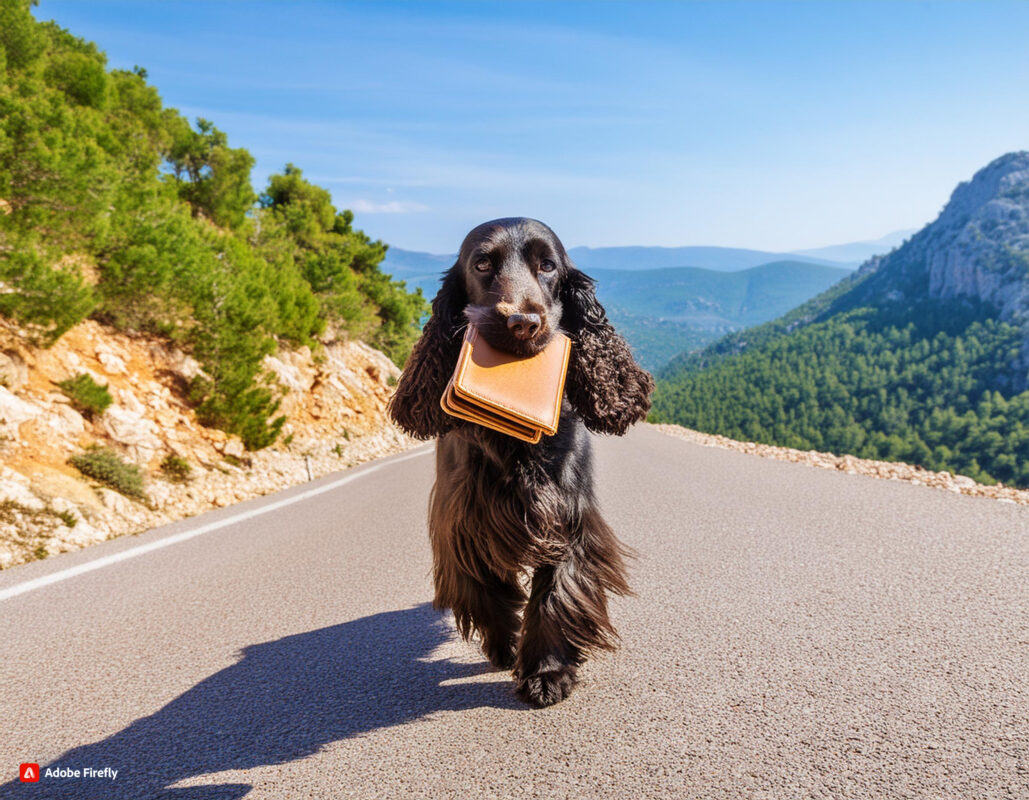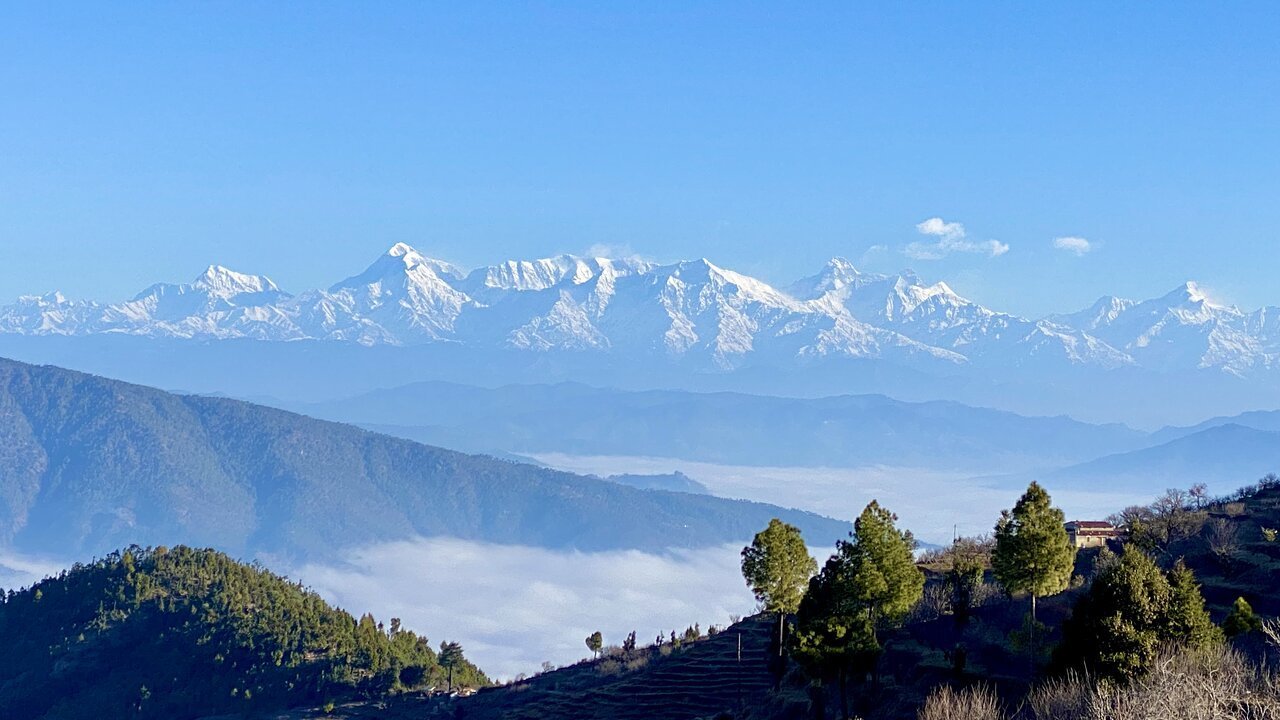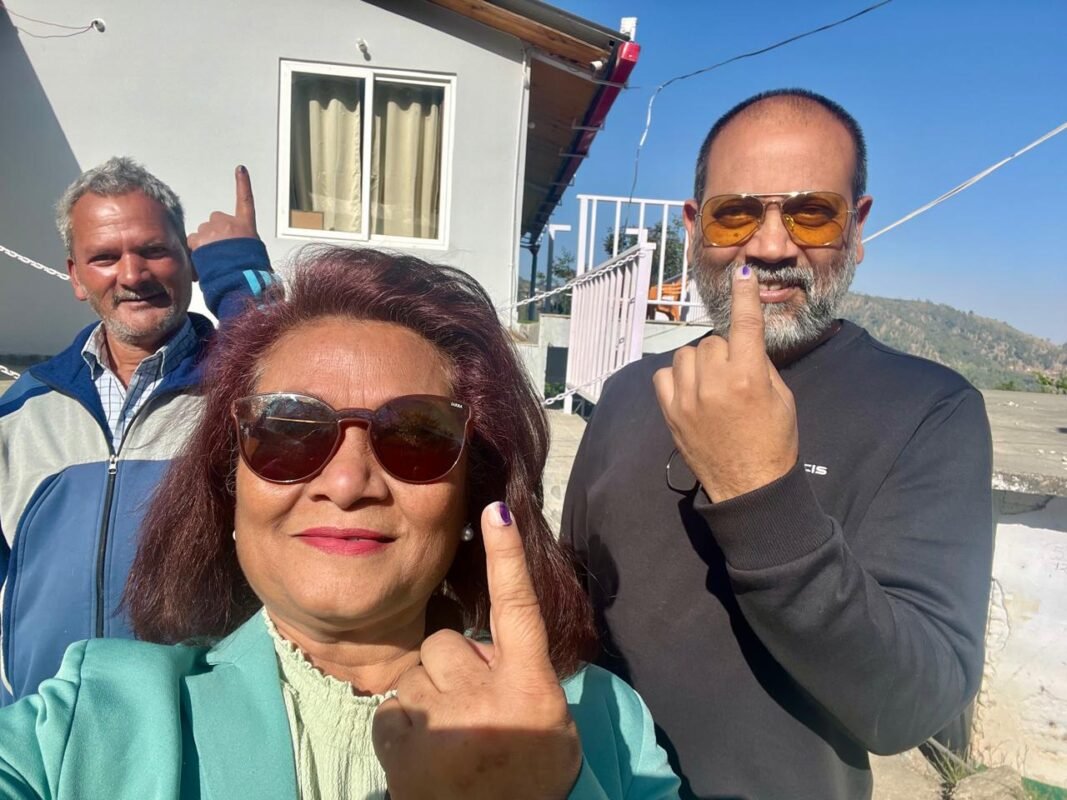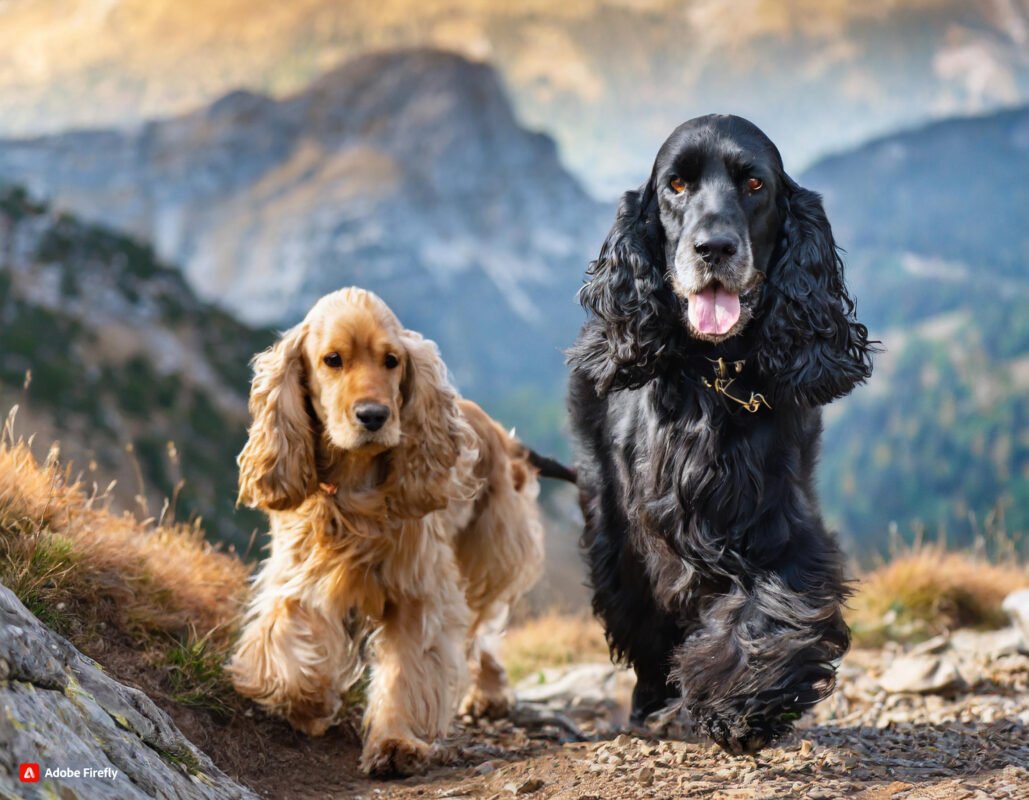July 2014
Uttarakhand this time, we decided. We’ve done most of Himachal, so let’s give it a break. Not to say we won’t go back there, we will. But this time it’s Uttarakhand.
So net surfing became the order of the day and our old friend TripAdvisor came to our rescue once again. (Over the years, we’ve realized the all-important role of ‘feedback’ and the number of reviews and blogs available on the net can be really helpful in selecting a place to stay in or routes to take.)
Possible destinations were discussed: Corbett—check (been there twice). Bhimtal—check (been there thrice). Nainital—check (too commercial and touristy to go a second time). Ranikhet—check (been there, liked it, but maybe on the way back.)
Scoured the net for travellers’ comments, suggestions, pics, blogs for ideas. A lot of places came up—Mukteswar, Munsiyari, Kausani, Binsar. Also spoke to a couple of friends who’d been there for more info. We still couldn’t decide.
Alert 1: There are lots of websites that give you the correct routes and maps and distance calculators, but most fail to give you the approximate time taken or the current state of roads. So the only thing to do is to visit several sites and rely on your own instincts. Double check with Google maps for routes and Tripadvisor for reviews of accommodation. It’s also a good idea to call up the place you’ll be staying at and check for weather/road conditions and the best route.
While checking out route maps, one discovered a doable route from Munsiyari via Karnaprayag to Govindghat and on to the Valley of Flowers! But further details about this route drew a blank. Almost every query and search pointed to the Haridwar-Rishikesh-Devprayag route. Although there is a route from Karnaprayag from Munsiyari. So we decided to go up to Munsiyari and then on to the Valley of Flowers. But a call to a trek organizer put paid to our plans. After the tragedy and devastation of last year’s flood, he informed us that the roads and bridges are still under repair and that the route would open for tourists only towards the end of August. So we were back to square one. Finally we zeroed in on Kasauni-Munsiyari-Ranikhet and made online bookings through Cleartrip at Chevron Eco Lodge at Kasauni – having read good reviews by travelers.
Route taken: NH 24 – Delhi – Hapur – Rampur – Bilaspur – Haldwani (Kathgodam) – Bhimtal – Bhowali – Almora – Someshwar – Kausani
Distance covered: 435.6 km
Roads condition: Very good (it started raining heavily from the 17th, therefore one can assume it would take a toll on the roads)
Kausani is a very small, quaint, quiet and peaceful place with just a handful of shops making up its marketplace. Locals usually go down to Baijnath or Someshwar for their major shopping. It has the reputation of providing the best 350 km sweeping view on a clear day of the major snow-covered Himalayan peaks like Trishul, Mrigthuni, Maiktoli, Nanda Devi, and so on. The sunrise and sunset scenes are a sight to behold when the sun rays turn the majestic peaks into a golden paradise.
Day 1
3.26 a.m.: In the fond hope of beating the traffic on the notorious NH 24 and reaching our destination early, we made an early start! A colleague who belongs to Ranikhet, in fact advised us to leave at 3, if possible. But being unable to sleep early the previous night in the tension of getting up early, we set off when we did. The weather in Delhi was warm and humid and we couldn’t wait to reach the hills.
It was a smooth drive from Dwarka (near the IGI airport) to the first toll near the border (which we reached at 4.16 a.m.) and beyond… till we were around two kilometers short of the bridge at Garhmukteshwar (Brijghat).
5.30 a.m.: With a sinking heart we viewed the long lines of trucks and vehicles that greeted us, and of course, true to Indian tradition, impatient people had created many more lines trying to squeeze through the trapped vehicles. Well, there was nothing to do but wait. So we had our breakfast in the car—thankfully we were carrying tea and sandwiches—and occasionally adjusted the rear view mirrors to prevent them from being carried away by the hordes of 2-wheelers who were hell bent on reaching wherever they had to brushing aside all obstacles! Everyone was pretty much doing their own thing. At such times you’ve just got to flow along with the tide.
Someone told us that it was Guru Purnima and that the hordes of people were rushing to take a holy dip in the Ganga. But do you have to block a national highway for this? Why is it that in India people think nothing of blocking highways on the slightest pretext? Two-and-a-half hours later, irritation at its peak, all our enthusiasm punctured, we finally crossed the bridge and were once again headed towards our destination. A while later the sky became overcast, pregnant with rain. But there was no downpour to delay us thankfully.
Alert 2: It’s a good idea to check the almanac before proceeding on this highway as you could get stuck in interminable jams on religious occasions (we got stuck at least twice on this route).
10.20 a.m.: We turned left from Rampur towards Bilaspur-Haldwani. Way back in 2008 when we’d come here for the first time, the stretch of road from Rampur for a good 10-15 kms was a nightmare–more potholes than road. In 2012, it was in a better condition and this time it was a pleasant surprise to see the road in excellent condition.
11.23 a.m.: At Bilaspur, we got stuck once again in a minor jam.
Driving through the Pantnagar area is always a pleasure, what with locals selling fruits of the season from nearby orchards and the road leading through a forested area. We gave in to temptation and stopped to pick up some jamuns and langda mangoes. The jamuns we polished off while waiting at a railway crossing, the mangoes were spared for later.
12.15 p.m.: We entered Haldwani, a good two-and-a-half hours behind schedule. But at least the roads were fine thus far. Unlike the previous occasion, we did not take the bypass, choosing to go through the city, so it wasn’t very smooth sailing as one can imagine.
12.50 p.m.: We started the familiar ascent to Bhimtal taking the road going to the right from the fork (the straight one goes to Nainital) from Kathgodam with a slight drizzle accompanying us. Already we could feel our spirits lifting.
13.34: The first lot of houses announcing the existence of Bhimtal came into view and as we took the bend expecting to feast our eyes on the lovely lake, our jaws dropped in astonishment! Instead of the expanse of water, a shrunken avatar greeted us. On earlier occasions the lake would be full of water but on this day it presented a sorry picture. We continued up the road towards Bhowali, past the familiar Country Inn Resorts and other landmarks visited on previous trips.
2.01 p.m.: We took the upward road on the right at Bhowali towards Almora. The road was in very good shape, but before long we got caught in a jam thanks to some cars being parked haphazardly on the road. Then we saw a rather large temple complex down below on the left and figured that the cars belonged to devotees who were apparently in a hurry to receive blessings. Thankfully some policemen got into the act and about 30-40 mins later, we set off again.
3.00 p.m.: Feeling hungry by now, we pulled in at a small KVMN restaurant bang
on the road at Khairna close to a tributary of the river Kosi. Since it was off-season, there wasn’t much on offer, but they hurriedly rustled up some dal and chapatis which wasn’t too bad really. In the time they took to bring us lunch, we clicked some pictures of the river. Further up the road, we saw a couple of fishermen casting their nets.
The road continued to be good but the vegetation on the hills were burnt brown—it hadn’t rained in May-June—so we missed seeing the lush green landscape. There was a perceptible change a few kilometres further up and both the landscape and weather improved.
While going up the winding road, we noticed a strange kind of sweet in some shops—something that looked like a barfi with a bit of brown peeping out through a generous coating of something that looked like white confetti. On the way back we picked up some and discovered that it’s a delicacy in these parts and is called bal barfi. It’s made of khoya and jaggery and is coated with tiny white globules (something that tastes like patasa).
4.15 p.m.: We arrived at Almora and made a brief stop at an ATM. The sky had been overcast all the way from Rampur, but except for the slight drizzle when we began the climb to Kathgodam, the rain gods had been kind so far. One had been hearing about Almora and its beauty for a long time now, so it kind of seemed familiar. It’s pretty spread out, but it’s like any other hill town. Almora district is famous for its tea gardens where organic tea is grown and exported as well. But unfortunately, we couldn’t see any.
We continued on the same road through valleys and mountains stopping once or twice to ask for directions. Although there are signboards at intervals, but sometimes at minor forks it can be a bit confusing without any indication and in the hills you may have to wait for quite some time for someone to appear and help you with directions.
Alert 3: Arm yourself with a good route map (save it in your mobile or ipad or wherever) before embarking on your trip. And remember, there can be several routes to the same destination. Call up the place you’ll be staying at to get the best route to take.
6.29 p.m.: Finally, we pulled into the parking area of Chevron Eco Lodge Kausani, and boy, were we glad to do so!
It had been a long journey and we were dying to stretch and stop the singing in the ears. The property has a very advantageous location. There were a couple of families, though this was off-season. The courteous staff led us to our room on the first floor. We realized later that this was perhaps the room with the best view on the property.
Chevron Eco Lodge is a good option for those who like places with an ethnic touch and aren’t too fussy about their creature comforts. It is situated on the state VIP Guest House road as are other resorts and hotels.
The Lodge has a quaint ambience and is more like a large villa with an outdoor eating area. The interiors of the rooms have been designed to give the impression of a traditional mountain cottage and done up in basic style. The rooms are spacious and comfortable. There’s a verandah running all along the building with huge wooden armchairs placed outside the rooms. It’s blissful indeed to sit out and watch the fireflies glowing in the pure and quiet mountain air while dining. The lights of Baijnath are visible twinkling in the valley below.
Tip: If you ever wish to stay there, ask for room number 204. Though we weren’t lucky to get a clear glimpse of the famed Himalayan peaks due to the heavy cloud cover (although we did get a glimpse of some of them on the last day of our stay), one of the windows of the room opens out to a fabulous view of the snow-covered peaks. The other looks out onto the grounds of the property.
After an early dinner we decided to call it a day and think about what we wanted to do the next 2 days of our stay there after a good night’s sleep…
To be continued…









